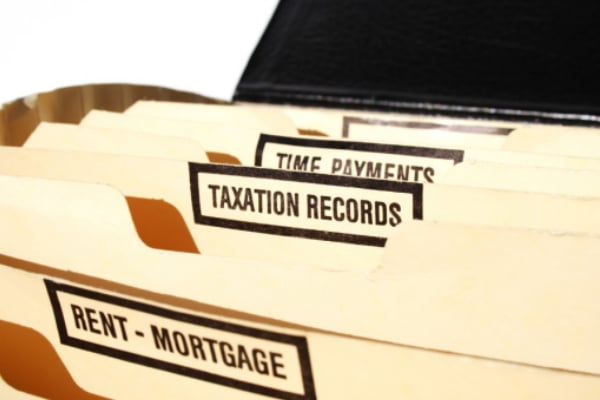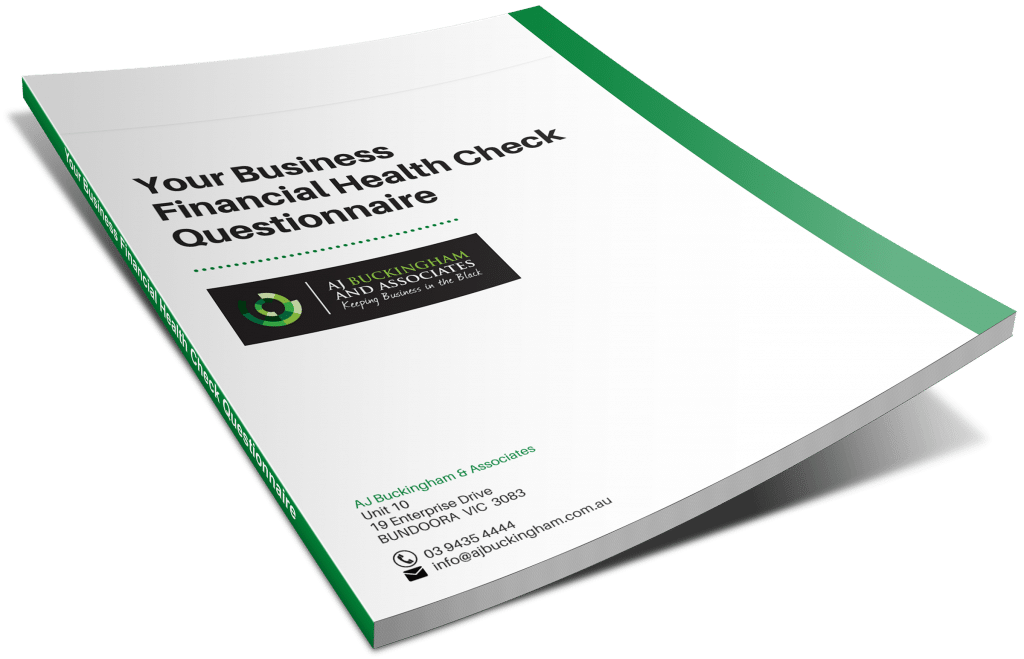
Taxpayers can choose one of two methods when claiming working from home deductions – either the “actual cost” or “fixed rate” method. Only the fixed rate method is changing.
Following months of deliberation and consultation with accounting groups, the ATO have announced some changes to the ‘fixed rate’ deduction available to taxpayers looking to claim home office expenses. Under the new ‘fixed rate’ scheme, taxpayers will be able to claim sixty-seven cents for every hour they work from home, a significant increase from the existing rate of fifty-two cents per hour.
The claim covers ongoing expenses like electricity and gas, phone usage (mobile and home), internet, stationery and computer consumables. Items like computers and office furniture can still be claimed on top of the hourly rate while the cost of cleaning home office areas and repairs on work-related equipment like computers and printers can also be claimed in addition to the hourly fixed rate deduction. It also means that taxpayers cannot claim an additional deduction for items like a mobile phone when working from home, as the assumed cost is already incorporated into the rate of 67 cents per hour. ATO Assistant Commissioner, Tim Loh, also stated, “You can’t claim for things like coffee, tea, milk and other general household items, even if your employer may provide these kinds of things for you at work.”
In another important change, taxpayers choosing the fixed rate will no longer need a dedicated office space at home, meaning those who regularly work from the kitchen table or bedroom will be able to claim 67 cents for every hour they spend working at home. However, the ATO will enforce strict record-keeping rules on claims with Mr Loh stating, “From 1 July 2022 to 28 February 2023, we’ll accept a record which represents the total number of hours worked from home (for example a four-week diary). From 1 March 2023 onwards, taxpayers will need to record the total number of hours they work from home.”
Record keeping

- Taxpayers need to keep a record of all the hours worked from home for the entire income year – the ATO won’t accept estimates, or a 4-week representative diary or similar document under the fixed rate method from March 1, 2023.
- Records of hours worked from home can be in any form provided they are kept as they occur, for example, timesheets, rosters, logs of time spent accessing employer or business systems, or a diary for the full year.
- Records must be kept for each expense taxpayers have incurred which is covered by the fixed rate per hour (for example, if taxpayers use their phone and electricity when working from home, they must keep one bill for each of these expenses).
Notably, these changes only affect the fixed rate method.
The ‘actual cost’ method of calculating a tax deduction, in which taxpayers can detail their at-home expenses and the proportion related to work, remains unchanged. Those using the ‘actual cost’ method can submit either detailed, hour-byhour records, or a four-week diary summarising their working patterns
The tweaks to the ‘fixed rate’ method come months after the temporary ‘shortcut’ method came to an end on June 30, 2022. That method, provided taxpayers with a simplified, one size-fits-all deduction rate of 80 cents per hour worked from home and was designed to make life easier for workers who were forced into working remotely by the COVID-19 pandemic.

